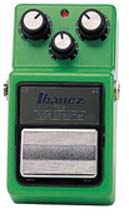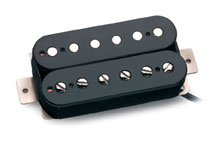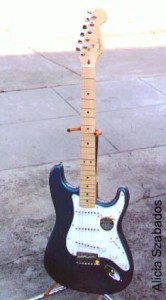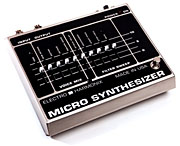Throughout its history spanning nearly 40 years, Marshall has continued to produce amplifiers that have been successfully adopted and used by musicians worldwide. As the years progressed, Marshall amplifiers came offered with a variety of additional features to suit the needs and requests of musicians through changing times. Nowadays, a fully equipped Marshall incorporates two or three channels, reverb, an effects loop, speaker-emulated direct outs, additional preamp stage gain, as well as a wide array of independent tones and volume controls for each available channel.
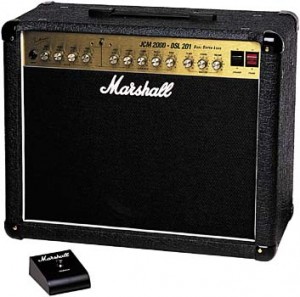 Power requirements have changed as well. With today’s modern p.a. systems being more than suitable to run the entire band, it is no longer required to run a Marshall stack at full volume and save the p.a. system “just for the vocals”. Today’s guitarists playing club gigs will often mike up through house sound, hence the increased popularity of guitar amplifiers that incorporate their gain within the preamp stage instead of getting distortion by overloading the power tubes. There are benefits and drawbacks to this distortion approach and it is one that truly goes beyond the scope of this article so it will not be discussed here. However, when all is said and done, musicians in general seem to appreciate the added flexibility that additional preamp gain stages provide.
Power requirements have changed as well. With today’s modern p.a. systems being more than suitable to run the entire band, it is no longer required to run a Marshall stack at full volume and save the p.a. system “just for the vocals”. Today’s guitarists playing club gigs will often mike up through house sound, hence the increased popularity of guitar amplifiers that incorporate their gain within the preamp stage instead of getting distortion by overloading the power tubes. There are benefits and drawbacks to this distortion approach and it is one that truly goes beyond the scope of this article so it will not be discussed here. However, when all is said and done, musicians in general seem to appreciate the added flexibility that additional preamp gain stages provide.
Marshall’s JCM 2000 Dual Super Lead series of amps are designed for musicians that require two independent channels of pure tube Marshall tone at a reasonable price. Models are available in a variety of wattages, from the 100 watt DSL 100 head, down to the baby of the line, the 20 watt DSL 201 combo. For those in need of three channels and wish to pay an added premium, Marshall also offers its JCM 2000 Triple Super Lead Series. For this review however, we’ve opted to take a look at Marshall’s 20 watt DSL 201 combo. As a practice amp, or as a club or gigging amp, the DSL 201 offers a wide range of tonal options.
Read More »
